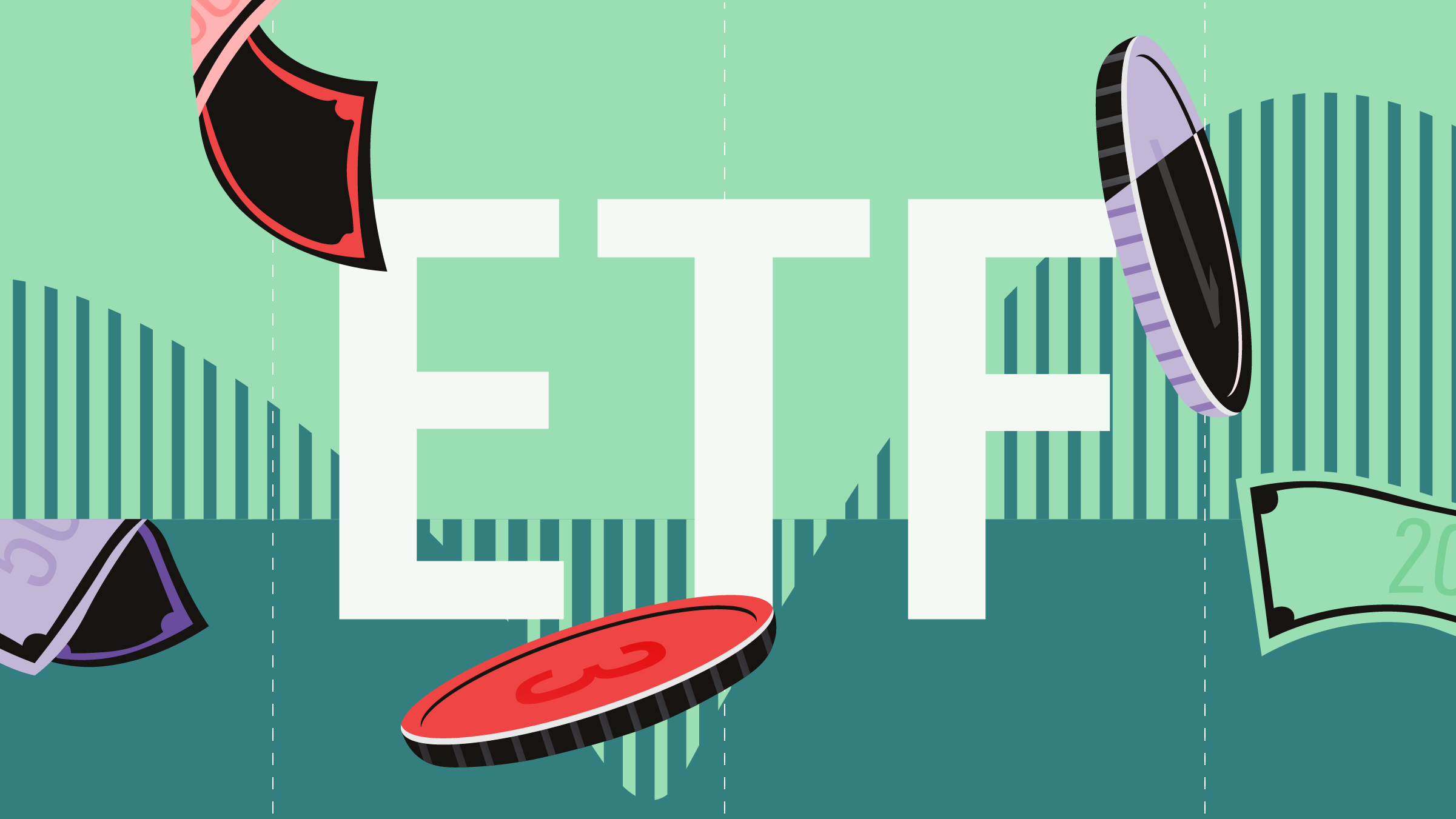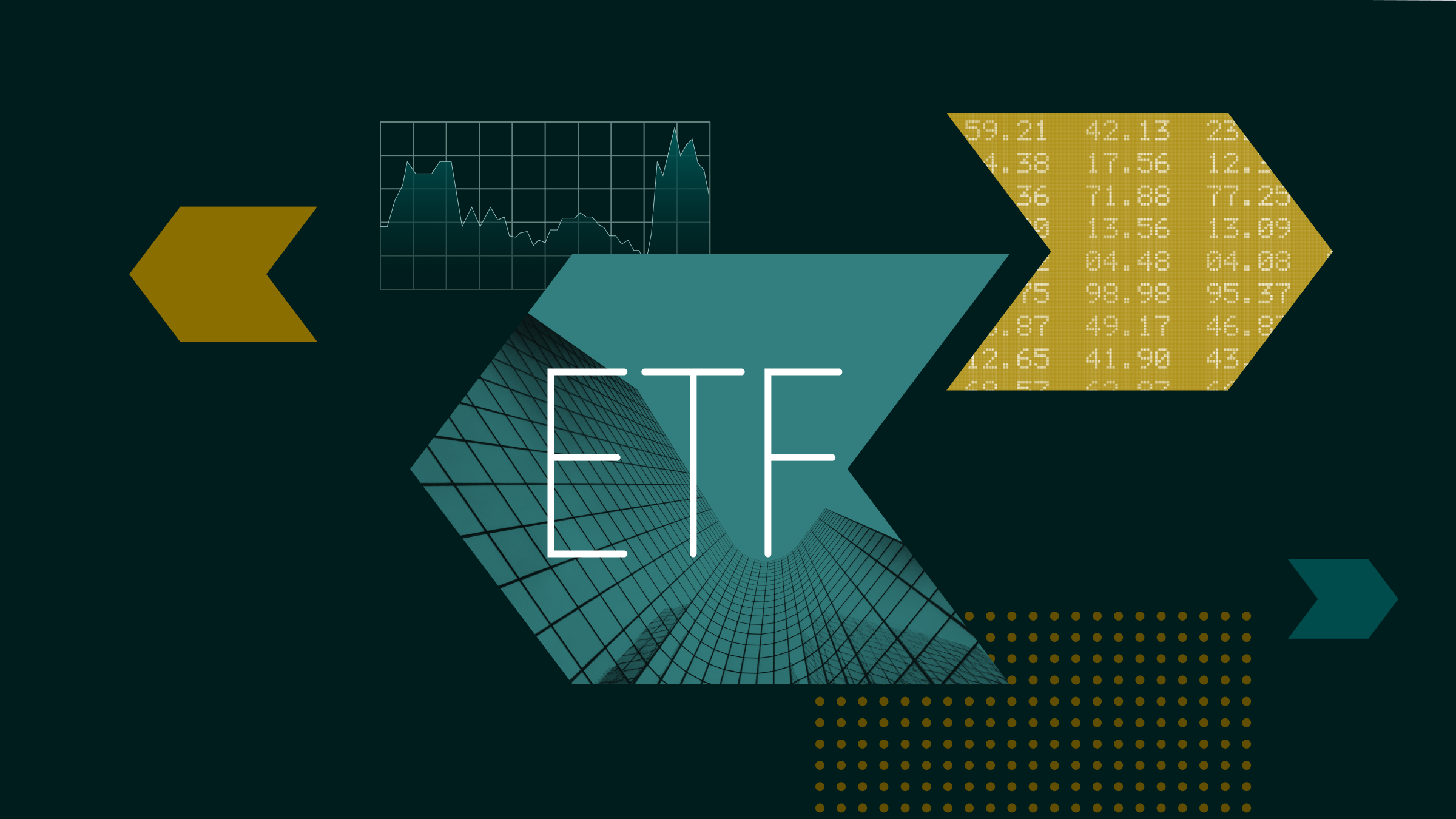Ashley Redmond: I'm here with Sam Lee, and we're going to talk about leveraged ETFs. Sam, thanks so much for joining me.
Sam Lee: Pleasure to be here.
Redmond: Okay. When I think leverage and I'm looking at my portfolio, I automatically think risk. So, I know that there are some ways that leverage can actually help reduce risk. So, I was hoping you could help explain that.
Lee: Yeah. The way leverage can reduce risk is if you lever up a return stream that is relatively uncorrelated to the rest of your portfolio, and the more you lever that up, the more it will diversify your portfolios overall behaviour [therefore] improving its risk adjusted returns. That's the rationale that a lot of hedge funds use to justify themselves and their very high fees and also their leverage.
Unfortunately, while in theory leverage is good; it's very hard to obtain good leverage. That is the leverage that you can actually rely on and apply to some kind of safe return stream, because leverage is one of those things that if you have a bad series of returns, it's going to hurt you very badly. And not only that but a lot of times your leverage disappears, that is the people who are lending you money pull your money back. And a lot of time, that's actually the worst time that you want to be delevering, that is reducing risk, because you are going to be forced to sell off your undervalued assets.
So I would say that leverage can be risk reducing, but only if it's a very special kind, that is its non-callable and most investors do not have access to that kind of leverage. So, I would say that leverage is generally a bad idea unless you are very confident you have some kind of special leverage edge and very few investors have that.
Redmond: Okay. Maybe you can give us an example of how leverage typically goes bad.
Lee: Okay. So, 2008 was actually a good example. So, a lot of closed-end funds, what they offer is they – since their capital is locked up – that is when investors pull out money, the closed-end fund doesn't have to meet any redemptions. And so, what a lot of closed-end funds historically have done is they've borrowed as much money as possible. So they borrow lots of money and then they go out and invest in the junkiest, most risky high-yield bonds and that offers them incredibly high yield.
During the financial crisis, what happened was, the value of almost everything went down and junk bonds were hurt very, very badly. So, a lot of the companies that had lent money to these closed-end funds decided, we're not going to do that anymore, we're going to withdraw all your borrowings. So, what the closed-end funds had to do was, they had to start selling off things just as they were the most attractive. In an ideal world, if you had unlimited leverage that's exactly when you’d want to be borrowing as much money as possible and just collecting money that's falling from the sky, but closed-end funds did exactly the opposite.
So, leverage introduces path dependency into your portfolio, and that's why it's very deadly, and that's how it's hurt a lot of investors. The same example goes with margins, so a lot of people who go out and they use margin loans to increase their returns, have to do the same things, when the things that they're investing in get cheaper, they have to reduce their borrowings and they have to sell those things off. It's very dangerous.
Redmond: Okay. We had one question that actually came in via social media, it was on Twitter, and the person was talking about double exposure in their leveraged ETFs. So, they say they got 1.5% on something, they automatically thought, they were going to get 3% because it was double exposure. So, maybe you could explain that a little bit.
Lee: Okay. In theory leveraged ETFs sound like a great idea because they don't necessarily run into this problem, where once you lever up, you're going to have to selloff parts of your portfolio to meet margin calls. In theory you can – you don't need a margin account. You don't need any kind of special clearance to obtain one of these leveraged ETFs and you think, well I can avoid all the hassle of going through a margin account or doing all these – going through all these hoops to invest in some kind of leverage exposure, great idea. This is better than sliced bread.
Fortunately, there is also a catch. I would say that this kind of leverage that the ETFs offer is even worse than margin accounts. Because what they offer is not some multiple of the return, over any period of time, they only offer a multiple over one day, and that's a huge difference. So, it's conceivable that you can have the market going up 20%, 30%, and you own a double or triple levered ETF, and you lose money.
That’s what a lot of U.S. investors found out because the U.S. ETF market went through its own phase where investors sort of fell in love with these leverage funds. Especially prior to the financial crisis, because some of these double triple levered funds were making 20% daily returns and they were going gangbusters. Well as time went on and the financial crisis receded, something weird happened, almost every single leveraged ETF lost a lot of money, not just a little bit but you know 80%, 90%. That didn't matter if it was going long or going short or even going long or short, the same thing, they all lost money, and the culprit was volatility drag.
The way volatility drag works is like this: If you have a 10% return one day and then a negative 10% return the other day, a lot of people think intuitively 10% minus 10% is zero percent. I'm going to stay flat. No, it doesn't work that way. We can actually work through an example, so a $100 that goes up 10% one day, it's now $110. It goes down 10% the other day. It doesn't lose $10; it loses $11, because $11 is 10% of $110, so you now went from $100 to $99. It didn't seem that bad, but now let's add leverage to the mix. So, now you have this double daily levered ETF. So, instead of 10% returns, you're going to get 20% up one day, negative 20% the other day, so 20% of $100 is $120. Negative 20% is you subtract $24, so you end at $96. So, you went from $100 to $96. So, just doubling the leverage using a daily ETF, but instead of losing, you're going from $100 to $99, you went from $100 to $96.
Now, imagine doing that over many, many days and you can see why both sides of a long and short levered ETF can lose money over time. It’s because of volatility drag, and this volatility drag is actually something that hedge funds will actually exploit, so they will actually go short both ETFs. So, if you are going to buy one of these things, you HAVE to keep in the mind that you can't hold it for one day. I mean you can't hold it for a long time, more than a day and expect to get something like the returns that you know you expect.
Redmond: Okay. That's great. Thanks very much for clearing that out. I'm sure the person will really appreciate that.
To get more ETF information and some more ETF insight; just go the ETF section of morningstar.ca.

















